Retrofitting old home attic with hardwood floors
erinmn
19 years ago
Related Stories
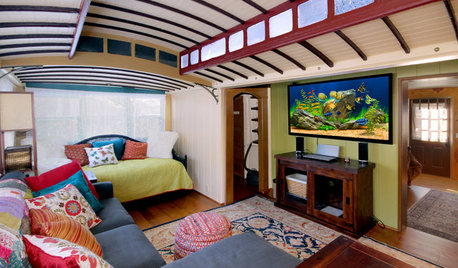
HOUZZ TVHouzz TV: See a Funky Beach Home Made From Old Streetcars
A bold color palette zaps life into a Santa Cruz, California, home built out of two streetcars from the early 1920s
Full Story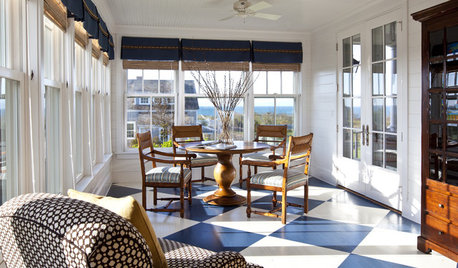
FLOORSHow to Paint Your Hardwood Floors
Know how to apply nail polish? Then you can give your wooden floors a brand-new look
Full Story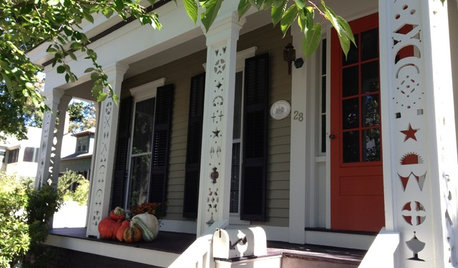
LIFEAge Is Just a Number: Houzzers’ Homes Old and New
Hear the stories behind homes ages 1 to 171, then share yours
Full Story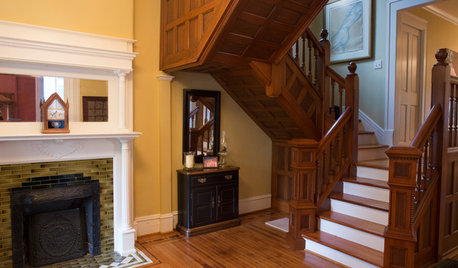
MY HOUZZMy Houzz: Attention to Detail Revives a Century-Old Louisville Home
After 13 years of wishful thinking, a couple complete a 5-year renovation in their historic Highlands neighborhood
Full Story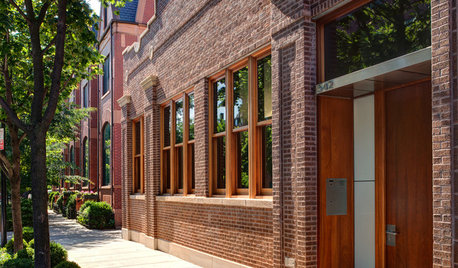
MODERN ARCHITECTURESaving Facades: Modern Gems Merge Old and New
Restored exteriors full of character wrap light-filled interiors designed for modern life
Full Story
REMODELING GUIDESThe Hidden Problems in Old Houses
Before snatching up an old home, get to know what you’re in for by understanding the potential horrors that lurk below the surface
Full Story
HOUZZ TOURSMy Houzz: Peeling Back Layers in a 1908 Home
Hidden fireplaces, buried hardwood and covered beadboard resurface thanks to a Mississippi couple's DIY efforts
Full Story
MATERIALSWhat to Ask Before Choosing a Hardwood Floor
We give you the details on cost, installation, wood varieties and more to help you pick the right hardwood flooring
Full Story
HOUSEKEEPINGHow to Clean Hardwood Floors
Gleaming wood floors are a thing of beauty. Find out how to keep them that way
Full Story
REMODELING GUIDESTransition Time: How to Connect Tile and Hardwood Floors
Plan ahead to prevent unsightly or unsafe transitions between floor surfaces. Here's what you need to know
Full StorySponsored






erinmnOriginal Author
SuzyQ2
Related Professionals
Carson Solar Energy Systems · Emeryville Solar Energy Systems · Oakland Solar Energy Systems · Riverside Solar Energy Systems · Waltham Solar Energy Systems · Payson Solar Energy Systems · Bloomingdale Design-Build Firms · Lake Butler Design-Build Firms · Delano Home Builders · Winchester Center Home Builders · Lomita Home Builders · Boston Roofing & Gutters · Chicago Roofing & Gutters · Minneapolis Roofing & Gutters · Black Forest Roofing & GuttersRCMJr
erinmnOriginal Author